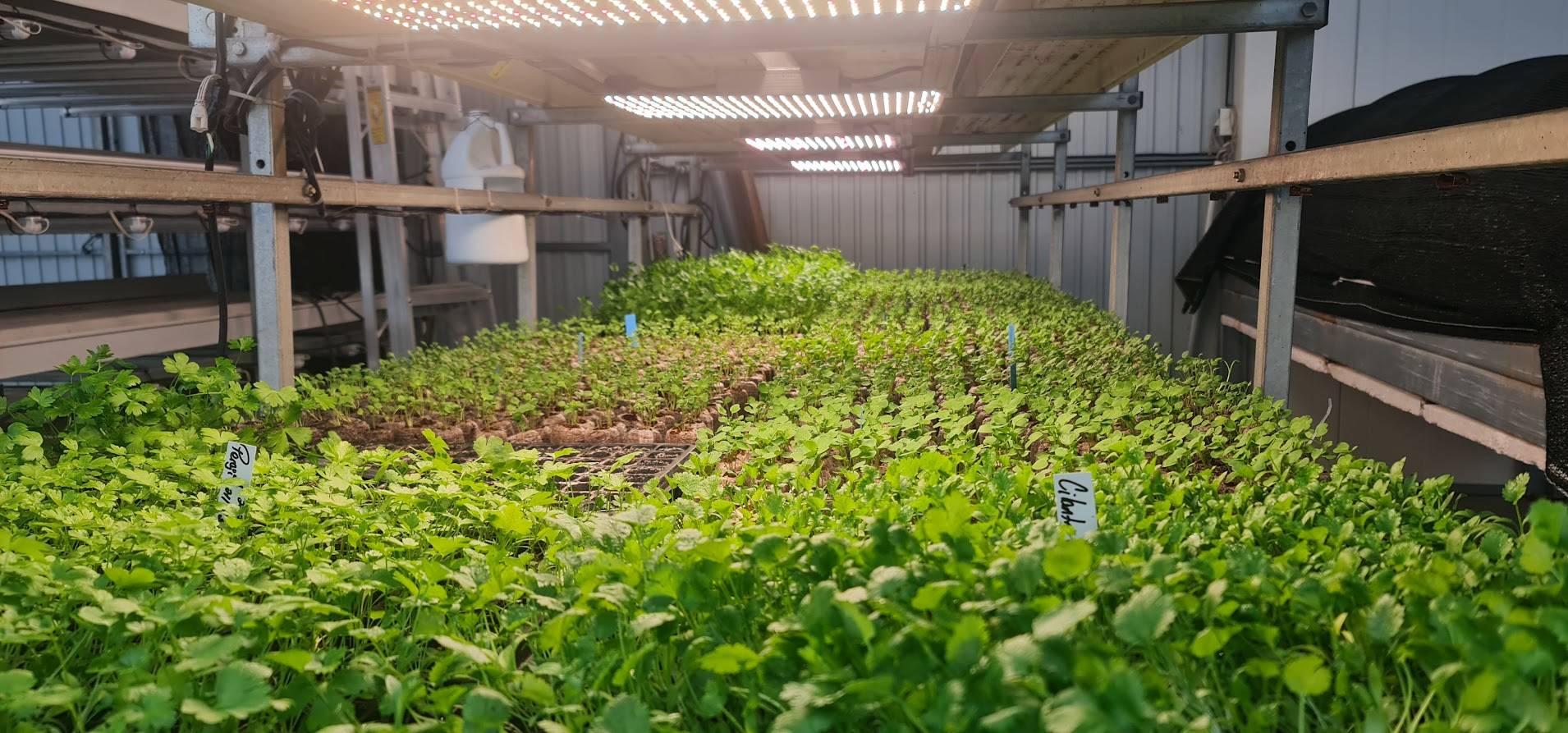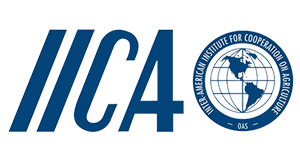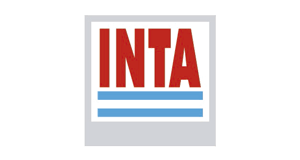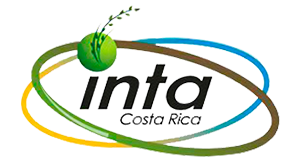Vertical Agriculture: Innovation for horticulture in Latin America and the Caribbean (LAC)
The increase in world population by 2050 requires an increase in food production by 60%, while some studies estimate that it should increase by 15% for the next decade.
Context of the story
Vertical Agriculture (VA) was generated as an alternative to guarantee food security and sustainable food production. This system is characterized by producing intensive crops under controlled or uncontrolled conditions, arranged vertically and in little space. Its use allows consumption of 5 to 20% of water and only requires 1 to 5% of the cultivation area. In addition, LED lighting, regulation of temperature and relative humidity for optimal management of crop growth and development factors, AV includes different technologies that identify AV alternatives to implement, either due to the environment in which is developed (controlled, protected or semi-protected agriculture) or by the type of cultivation medium (aeroponics, hydroponics or substrate).
Food obtained from VA can satisfy consumers' daily demands for fresh, safe and nutritious products, which are part of resilient food systems, close to urban environments.
The implemented initiative
The incorporation of AV systems in LAC, a region that has resources and capacity to supply its own food demand, could contribute to guaranteeing food security with consequent advantages.
The general objective of the project is:
Evaluate vertical agriculture systems as a sustainable alternative for the production of intensive crops, which favor competitiveness, food security and their implementation in LAC.
The specific objectives of the project are:
i) Technically and agronomically validate AV technological alternatives in different environments,
ii) Determine the economic and financial feasibility of AV systems, and
iii) Manage knowledge about AV technologies and strengthen capabilities in the region.
The research proposal aims at the productive, economic and sustainable validation of different production options under AV systems (controlled, protected or semi-protected environment)
The technological solution
This proposal proposes the validation of vertical production systems and the dissemination of technologies, strengthening their sustainability in each country.
The acceptance of technologies, productivity and profitability indicators will be quantified.
The interaction between research professionals from agricultural institutions in the region together with the private sector in LAC is proposed as a strategy.
The challenge for LAC will be the implementation of this technology in intensive agricultural production systems.
"Increased urbanization, in combination with variations in income, employment and lifestyles, is leading to changes in the entire agri-food systems from production to consumer behavior"
Participating countries
Type of project
Results
It is expected that the validation of controlled, protected or semi-protected VA systems will be highly reproducible, with the linkage and potential adaptation of the system to the different species prioritized for cultivation in climatic conditions of the four countries in the region.
Production is expected to increase by at least 25% compared to conventional production units.
Promote VA technological proposals, with the best indicators of technical and economic feasibility.
Promote implementation on properties of potential beneficiaries (organizations, educational centers, producer associations, enterprises)
Continuously train beneficiaries and accompany them in the adoption process.
Organize refresher days, field days, workshops and demonstrations.
Relevant data
Latin America has become a highly urbanized region, in which nearly 80% of the population lives in cities. At the same time, there is a growing demand for local, fresh, safe and healthy products.


 Back to the project
Back to the project Panama
Panama Argentina
Argentina Colombia
Colombia Costa Rica
Costa Rica



